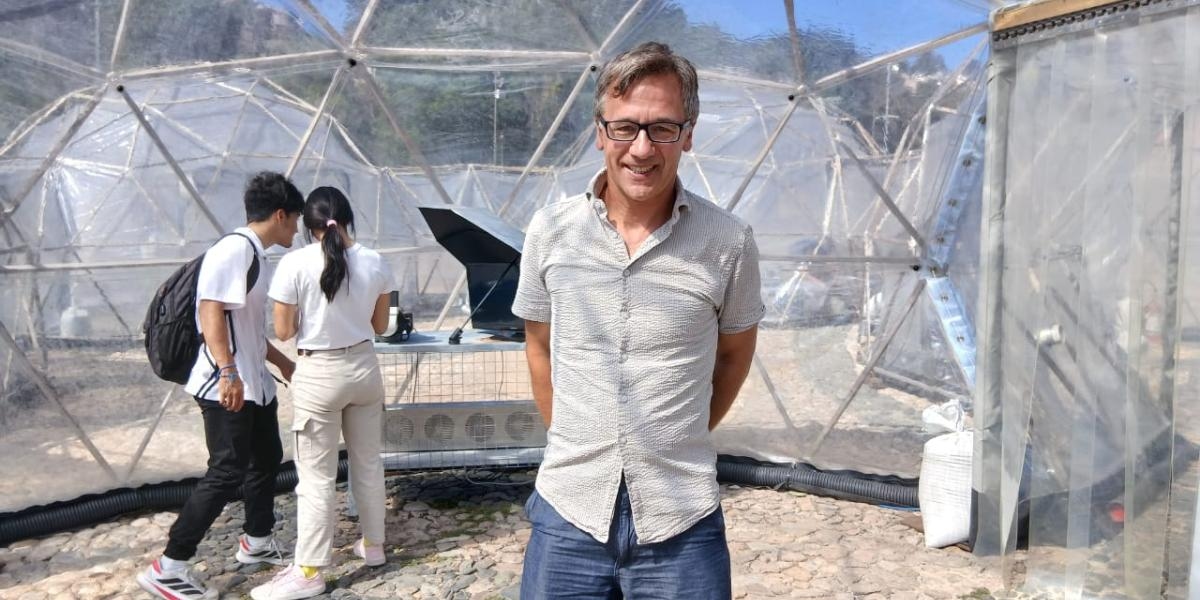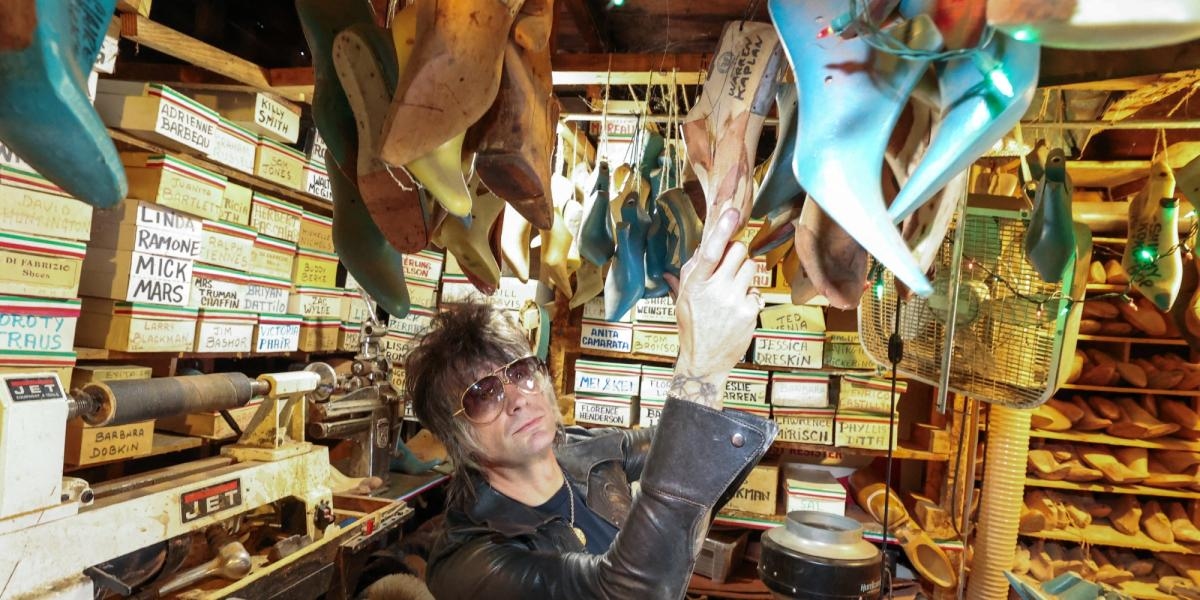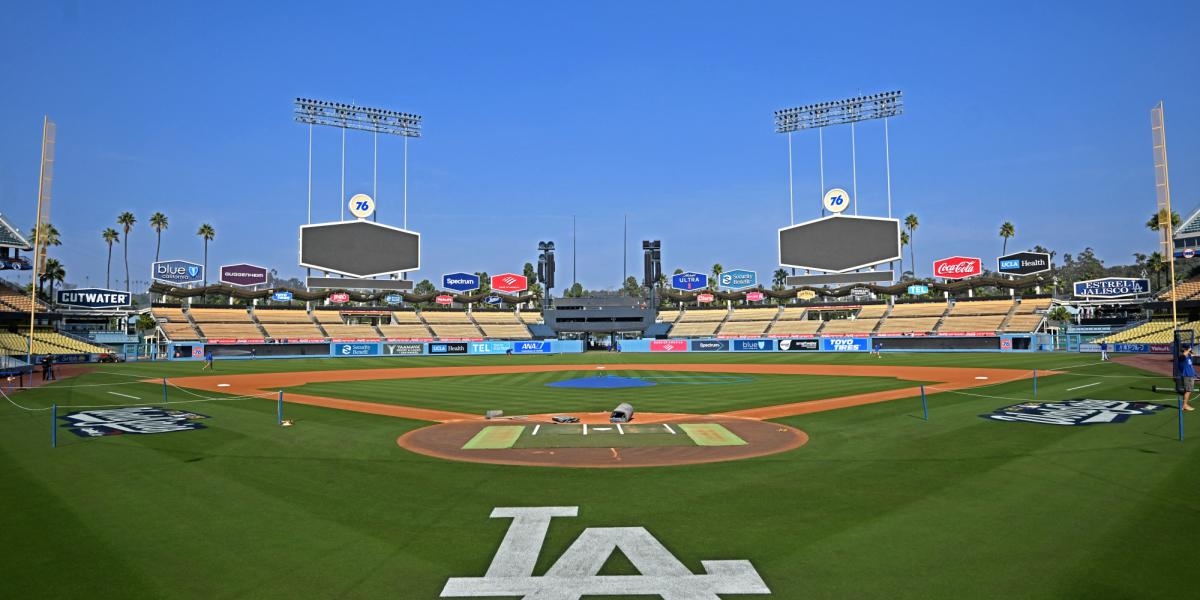Pollution Pods: The installation that makes Cervantino uncomfortable with the air of the world

At the heart of the 2025 International Cervantino Festival (FIC) , Scottish artist Michael Pinsky 's "Pollution Pods" installation has emerged as the most uncomfortable and necessary piece of the edition. Five interconnected geodes, installed in Los Pastitos, replicate the temperature, aromas, and, most strikingly, the air quality of some of the world's most polluted cities, forcing visitors to confront the climate crisis through their own breathing.
The work, supervised by Pinsky and his team, seeks to transform climate change from a distant threat to a vivid experience. "I wanted to do something that didn't look at things like rising sea levels or melting glaciers, because it's too far removed from people's lived experience, so dealing with air pollution is something almost all of us have to live with," the artist told El Economista.
A sound and sensory journey through pollutionThe installation immerses visitors in a journey that begins with a reference geode, equated to the air quality of Guanajuato City (approximately 41 points on the Air Quality Index (AQI), considered moderate) or London, United Kingdom. From there, conditions deteriorate dramatically.
New Delhi, India, is described by Pinsky as "the worst of all." This capsule replicates the heat and pollution that can reach 400 AQI points. "The atmosphere is stifling, and the peculiarly acidic aroma resembles industrial waste," the author explains to this outlet while making some adjustments to the installation.
Next, we have Beijing, China, where the winter atmosphere is replicated, where, in addition to the usual pollution, notes of wood and coal burned for heating can be perceived, an atmosphere that can easily reach 200 AQI points. Finally, São Paulo, Brazil, displays a distinct pollution pattern. The heat is noticeable, and the air, generated by special humidifiers, gives off a citrus and fruity aroma. This peculiar smell is due to the city's transition to biofuels such as bioethanol.
Each dome includes displays that reflect the city's historical air quality, based on real-time data (using the AQI scale and the Plume app), underscoring the scientific basis for the performance.
Photo: Nelly Toche
Pinsky's main objective is to make the audience uncomfortable. "If I couldn't endure three seconds in a capsule that supposedly represents the daily life of thousands of people, why should they have to endure such extreme conditions?" is the question he asks himself upon leaving the installation.
Alicia Gama, architect and British Council facilitator for the project, emphasized that the impact is the most powerful part. “My favorite part, definitely, is when we go out to Guanajuato and say, 'Okay, I couldn't say we're better off than Norway...' but you definitely feel the impact, and I think that's my favorite part—feeling the air and being able to reflect a little on what we're doing regarding air quality.”
Another facilitator, Paola Aguilar, emphasized the correlation between air quality and human development. “Air quality is strictly related to your development as a person, both in terms of your physical and mental health,” with a high index (close to 500 AQI) being detrimental to neurological development.
The public's catharsisThe visitors' response has been one of amazement and profound reflection. Upon leaving the capsules, the feeling of well-being as they breathe the air of Guanajuato is inescapable.
“I did like it, and it does raise awareness because it shows how polluted other countries are. When you're inside, you start to miss your habitat, your natural air, and it raises awareness of how my state is compared to others,” said Sayuri Hernández García, a visitor to the exhibition.
Another attendee, Alma Susana Hernández García, emphasized that the work is an urgent call: “There comes a time when you say, 'I can't breathe well, I can't even see well.' You step out of the bubbles and into your surroundings and realize that we have a lot to take care of... we still have time to leave a good place for new generations.”
In this way, Michael Pinsky not only brought a glimpse of global pollution to the cultural heart of Mexico, but also offered a tangible opportunity for the public to raise awareness and commit to environmental action. The installation thus becomes a mirror of our collective responsibility, demonstrating that air, our most fundamental resource, is at risk.
Eleconomista








